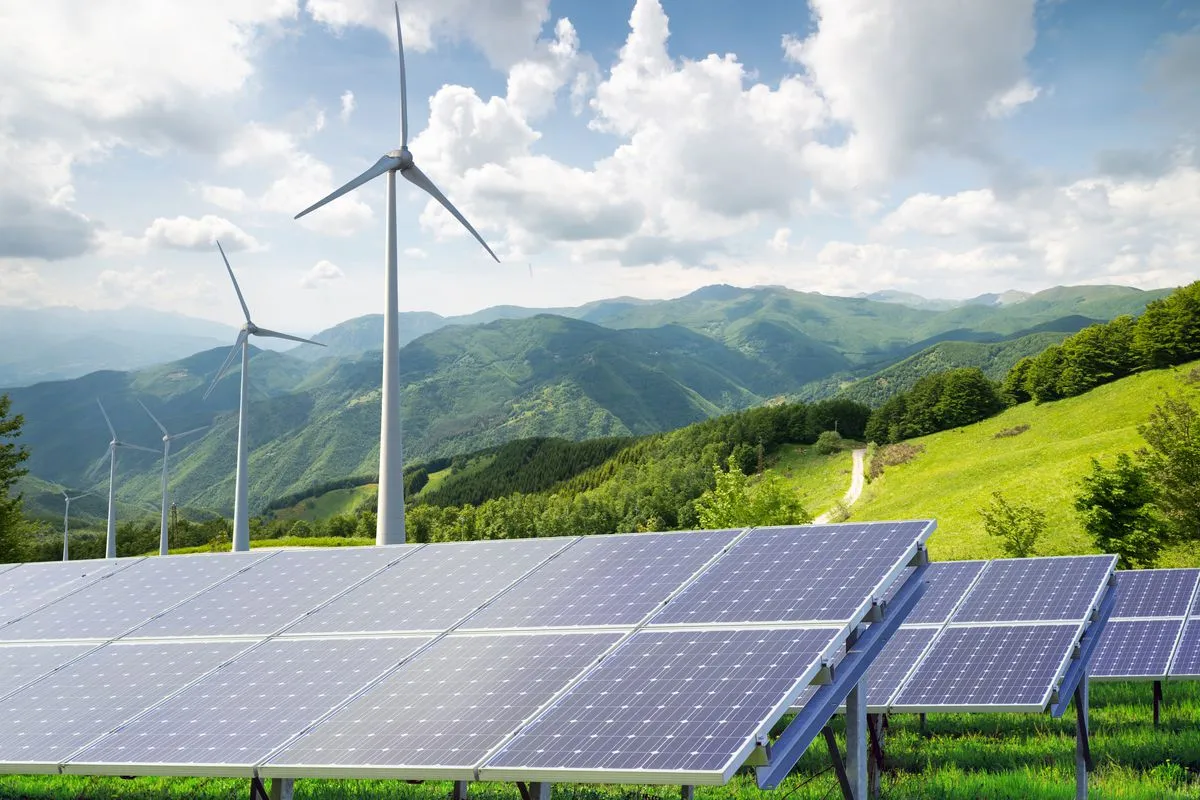Table of Contents
Do “renewables” make anything better? Almost everything the Climate Cult claims about renewables is nonsense. They’re not “emissions free”, they’re certainly not cheaper and they certainly aren’t saving the environment.
Wind turbines are not just visually polluting, they’re particularly destructive of wildlife. Vast footprints of natural environments have to be cleared for wind farms onshore. Wind farms offshore appear to be as damaging to sea life, including whales, as onshore ones are to birds. Manufacturing them creates vast amounts of toxic chemical waste. Contrary to Climate Cult propaganda, the bulk of the turbines, the blades, cannot be easily recycled, if at all. At the moment, the massive blades – 50,000 tons of them and growing, every year – are simply thrown into landfill where they will never break down.
And solar panels? Not much better. The toxic pollution generated in their manufacture is devastating regions in China. Like the wind turbines, the problems don’t stop at the other end of the cycle.
The renewable energy sector is facing a quandary: how Australia will dispose of 80 million solar panels in an environmentally friendly way when they reach the end of their life.
And what a quandary it is. Within a decade, there’ll be 100,000 tons of the things being thrown out.
In a paper published in AIMS Energy, UniSA researcher Professor Peter Majewski says incentives are needed for producers to design solar panels that can be more easily recycled if they are damaged or out of warranty.
Landfill bans are a start, but without a cost-effective means of recycling them, all it means is that they’ll get dumped somewhere else. Almost certainly in developing countries out of sight of the Climate Cultists’ lofty gaze.
Prof Majewski says landfill bans are a powerful tool but require legislation that ensures waste is not just diverted to other locations with less stringent regulations.
Serial numbers that can track a history of solar panels could also monitor their recycling use and ensure they are disposed of in an environmentally friendly way.
That still doesn’t solve the basic problem: what to do with the damn, toxic things.
Weatherproof polymers used in solar panels pose environmental risks, releasing harmful hydro-fluorite gas when incinerated. Exposure to the gas can severely irritate and burn the eyes, causing headaches, nausea and pulmonary edema in the worst cases, sometimes leaving permanent damage.
Another primary material used in solar cells is silicon, the second most abundant material on Earth after oxygen and the most common conductor used in computer chips.
“The demand for silicon is huge, so it’s important it is recycled to reduce its environmental footprint.
“About three billion solar panels are installed worldwide, containing about 1.8 million tons of high-grade silicon, the current value of which is USD 7.2 billion. Considering this, recycling of solar PV panels has the potential to be commercially viable.”
Potential. But potential isn’t actual – especially not when, as noted, silicon is the second-most abundant material on Earth. If it’s cheaper just to mine and refine fresh silicon, it’s going to be pretty hard to convince anyone to recycle the stuff.
Prof Majewski says a second-hand economy could also be generated by re-using solar panels that are still functioning.
In other words, fob off deteriorating junk on to poor people.
A levy on the panels may also be needed to help finance an end-of-life scheme.
TechXplore
If it’s only on new panels, though, that raises questions about the basic fairness of the whole thing.
To date, solar panel adoption has been dominated by older, middle-class users – Boomers, in a word. If a disposal levy is only placed on new panels, effectively, poorer people will be subsidising the Boomers’ waste, while the wealthy early adopters will skive off the younger and poorer.
So, plus ça change, really.









